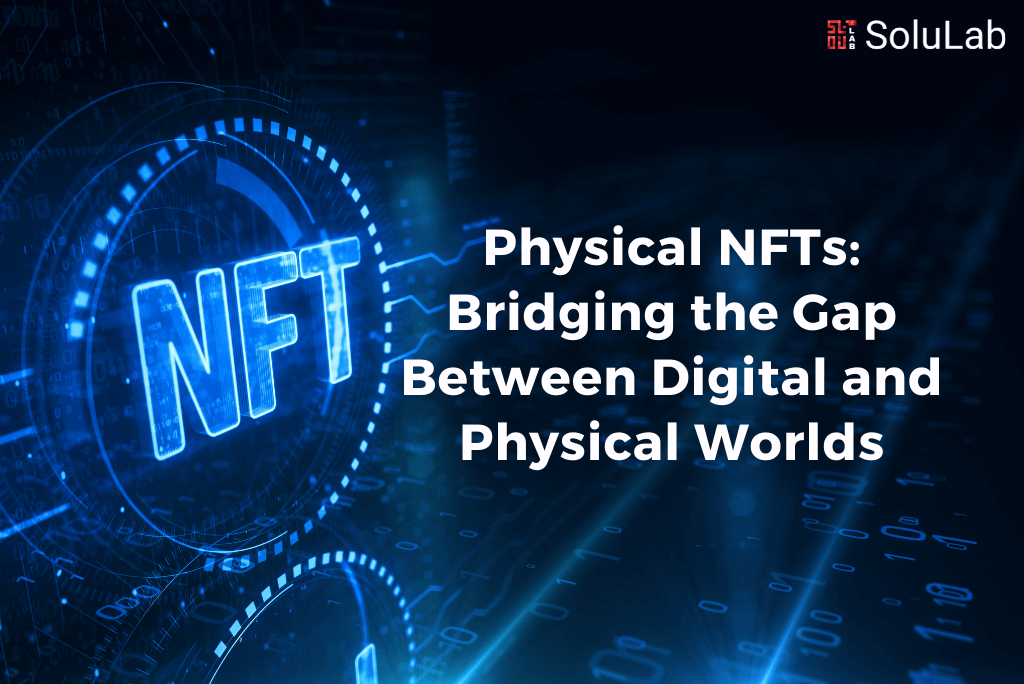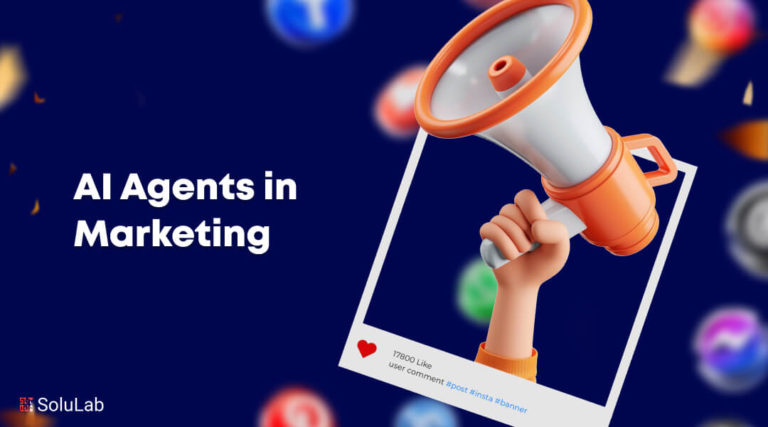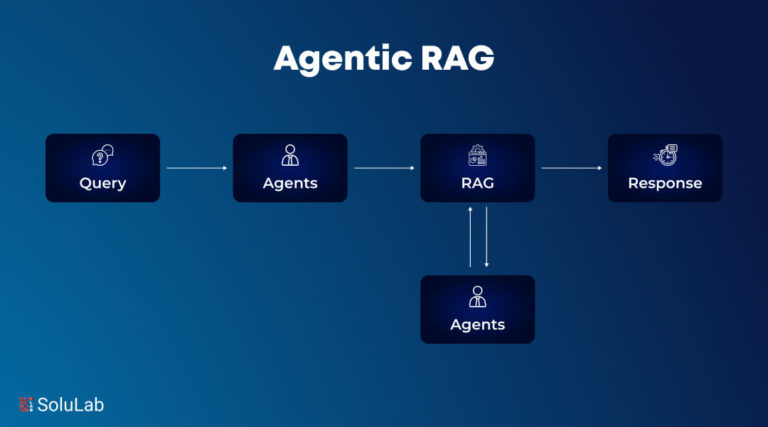
While common areas of application for NFTs include digital art, nft collectibles, and in-game items, physical NFTs are gaining more traction in the mainstream. Popular brands like Adidas, GAP, and Nike have released their own NFTs that come with corresponding physical clothing items. And world-renowned artists, with the likes of Beeple and Damien Hirst, have created physical versions of their NFT art. Let’s take a closer look at what exactly physical NFTs are and how they’re being used.
What Are Physical NFTs?
In simple terms, non-fungible tokens (NFTs) are cryptographic tokens that represent all kinds of unique digital assets. Since they are stored on a blockchain, NFTs can act as verifiable proof of authenticity and ownership for all kinds of assets.
Physical NFTs are digital tokens tied to real-world assets. Also referred to as phygital NFTs, these assets combine the digital and physical and can be used to prove ownership over real-world assets, such as artworks, fashion goods, property deeds, tickets, and more.
How Do Physical NFTs Work?
There are two parts to physical NFTs. One part refers to the digital asset issued on a blockchain through the use of smart contracts. The other part is the physical asset, which is often linked to a corresponding unique identifier, such as a QR code or a near-field communication (NFC) tag. For example, owners of the recently released Nike sneakers, CryptoKicks, will also get an NFT linked to the shoe.
Read also: NFTs + Voice AI: the future of digital collectibles
While authentication is one of the biggest applications of physical NFTs, it can also be useful within the supply chain, where blockchain technology can help provide traceability and certification assurances.
How Are Physical NFTs Being Used?
Prevent counterfeit products
A big upside of physical NFTs is that they can prove authenticity and provenance. In a world where many physical goods can be easily counterfeited, physical NFT can be a valuable tool for consumers and manufacturers alike.
Businesses can link their products’ serial numbers to NFTs or connect the physical item to an NFT using NFC technology or a QR code, which helps to verify that the physical product is authentic and track its history. Since there’s a digital record of the product on the blockchain, tampering with or forging becomes almost impossible.
Add a layer of transparency
Sometimes the second-hand collectible shopping experience can be challenging for buyers to navigate. This is especially true when they don’t have a clear understanding of a second-hand item’s price history and market value. Having an NFT attached to those items can give buyers a complete overview of the item’s transaction history.
Improve in-person experiences
NFT memberships are already being used as keys to gated online communities, where members can access a wide array of virtual experiences, exclusive information, and unique privileges. Physical NFT can function in a similar way, but the value you get from it can be entirely based on the real world.
Read also: Are NFTs Changing the Way We Experience Collectibles?
Event ticketing is a great example of how physical NFTs are transforming in-person experiences. Not only are NFTs used to help address the industry’s counterfeiting and scalping issues. They’re also used to offer ticket holders extra perks, such as air-dropped tickets to events and exclusive merchandise.
Help brands reach a wider target audience
In the last ten years, consumer behavior has experienced a major shift, with each generation becoming more digitally inclined than the last. Major retailers like Franck Muller, Nike, Tiffany’s, and more are pairing NFTs with their physical counterparts to appeal to digital natives and reach a wider demographic.
Conclusion
As blockchain technology and Web3 continue to evolve, physical NFTs have the potential to seamlessly bridge our digital and physical lives by changing how we interact with real-world items. For example, in the future, you might be able to buy a phygital car that can exist both in your driveway and digital wallet, which will grant you virtual access to exclusive privileges. Since the car would be connected to your digital wallet, you could rent it out or use it as collateral in a financial application – all without the need for an intermediary facilitating the transactions.
Blog Credits: Binance




